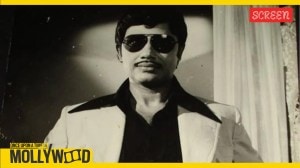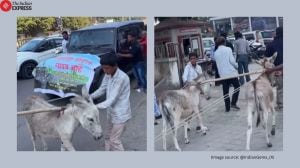The Navajo Code: How an ‘unbreakable’ Native American language helped the Allies win World War 2
[Codebreaking Game Inside] In the Navajo language, fighter planes flew as “hummingbirds”, tortoises became tanks, and submarines swam as “iron fish” — and their most important job was to stay lost in translation.
 Pfc. Preston Toledo and Pfc. Frank Toledo, cousins in an artillery regiment in the South Pacific, relay orders over a field radio in the Navajo Code (C. 1940s, US Marine Corps)
Pfc. Preston Toledo and Pfc. Frank Toledo, cousins in an artillery regiment in the South Pacific, relay orders over a field radio in the Navajo Code (C. 1940s, US Marine Corps)“There are nine different words in Mayan for the colour blue… to denote six species of butterflies in the forest. In the comprehensive Porrua Spanish-Maya Dictionary, only three Spanish translations occur… proving…that when a language dies, six butterflies disappear,” once wrote Professor Anvita Abbi, a noted linguist.
We live in a world where these ‘butterflies’—indigenous languages—are praised as hearths of humanity, connecting people from one culture to another. From urban jungle to wild savannahs, words heal, unite and reveal. And words for creatures, once, helped the United States of America win one of their bloodiest wars. We speak, of course, of the legendary Navajo Code, designed by the Diné community of New Mexico, Arizona, Utah and Colorado. August 14 is Navajo Code Talkers Day—join us as we explore their story, and test your codebreaking skills on the way!
Who are the Navajo?
 Members of a Navajo family adorned in traditional handwoven blankets.
Members of a Navajo family adorned in traditional handwoven blankets.
The Navajo (endonym: Diné) are the largest Native American tribe, sprawled across the 16-million acre Navajo Nation, the largest reservation in the continental US. Here, K-12 schools mandatorily teach the Navajo culture and language. During World War 2, the community was about 50,000-strong, with little to no documentation of their ways of life. Today, this has risen to 315,000-423,500 individuals, with robust cultural conservation efforts.
Around 1100 to 1500 BC, members of the tribe would migrate to Southwestern America from Canada, carrying with them a language they called ‘Diné bizaad’, or ‘the people’s language’. The Navajo language was already intricate and mostly oral, being Southern Athabaskan in origin, and it would pick up on the linguistic variances of the Pueblo tribe, who were native to the Southwest. Arriving as hunters and gatherers, they soon adapted to the habits of the Pueblos in farming, herding and weaving.
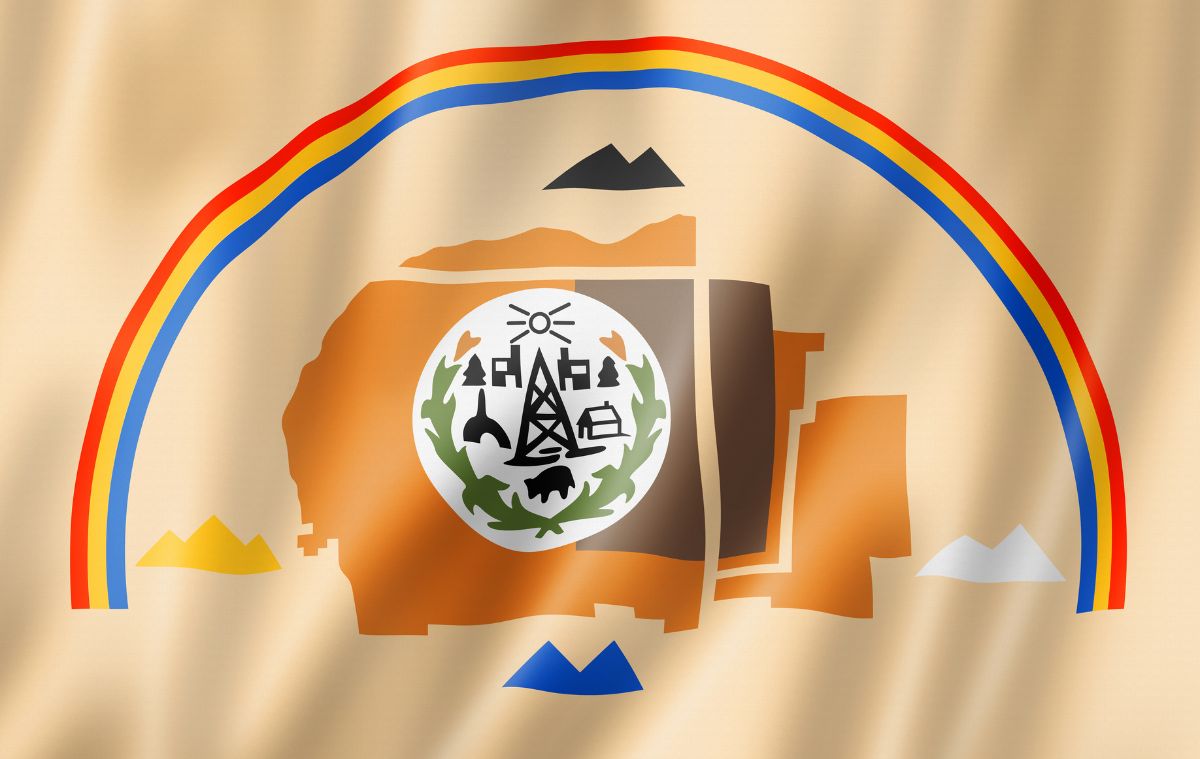 Flag of the Navajo Nation.
Flag of the Navajo Nation.
“Native cultures aren’t static,” writes Thomas King, indigenous author of ‘The Inconvenient Indian’. “They’re dynamic, adaptive, and flexible.” This would go on to be demonstrated upon European occupation, says King, when Native cultural expression was suppressed, while ideals of honour and resourcefulness would be leveraged for military strength.
To words as weapons
Philip Johnston, a World War 1 veteran, was the first to propose the mission of recruiting the Navajo to develop a code — this came at a time when the US government was forcing Navajo children to migrate to English-speaking schools. The son of a missionary who had grown up with the tribe, Johnston tried to convince the Marine Corps that the Navajo’s small population in 1942, remote location and oral language would make them a perfect fit for the role of ‘code talker’ — communicating top-secret messages across the Pacific Ocean to Americans stationed in enemy states.
Initially, the Marine Corps dismissed the idea, saying it might “embarrass” their “proud” organisation. Almost a century later, the Navajo Code, developed by 29 men from the tribe in two phases (‘Types’), remains one of the very few weapons that the enemy never broke.
 The Navajo Code was a substitution cipher, where a defined set of symbols would replace normal letters or words. Below is a similar code-breaking game, made by the Express team. See if you can crack it!
The Navajo Code was a substitution cipher, where a defined set of symbols would replace normal letters or words. Below is a similar code-breaking game, made by the Express team. See if you can crack it!
Now back to our story: Navajo had no separate script, so Type 1 of the code had each letter of the English alphabet assigned to common Navajo words — often, more than one was dedicated to each letter. “T” could be denoted by the Navajo word for tea (“d-ah”), tooth (“a-woh”) or turkey (“than-zie”). (This author’s favourite is “J”, understood as a jaw, jackass or jerk.)
 Decrypted examples of Type 2 of the Navajo Code (cia.gov)
Decrypted examples of Type 2 of the Navajo Code (cia.gov)
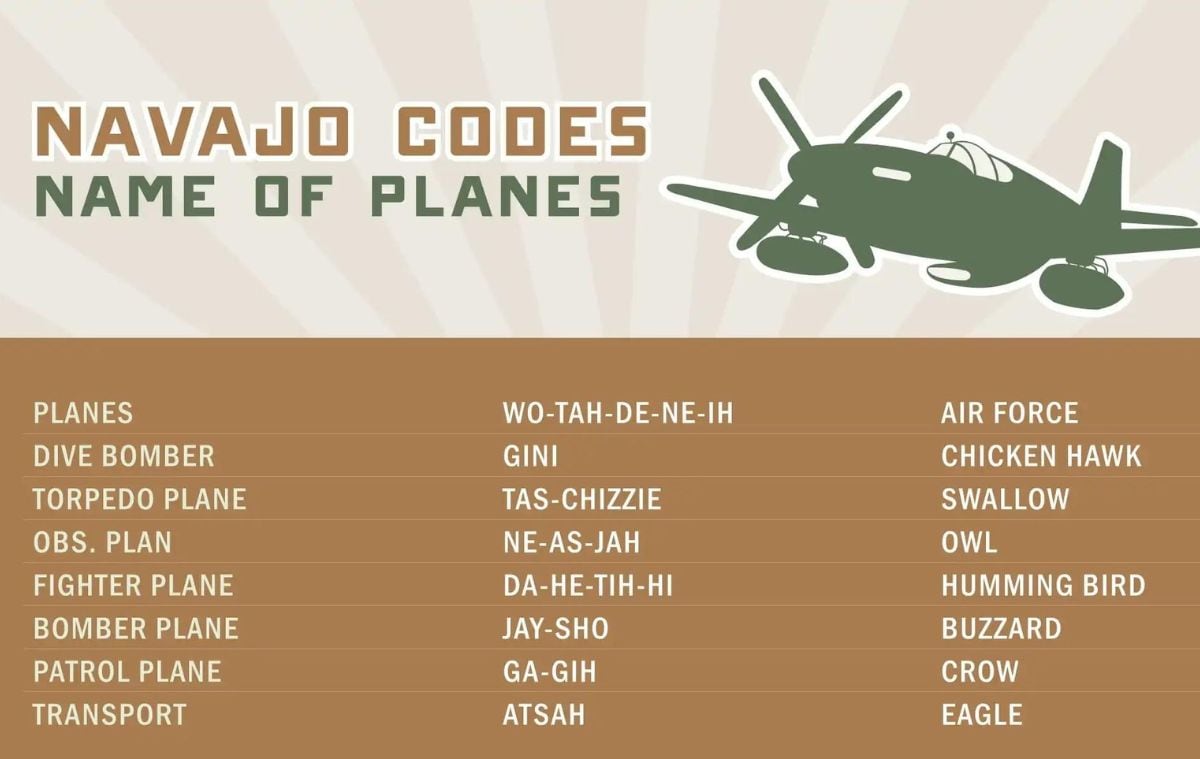 Decrypted examples of Type 2 of the Navajo Code (cia.gov)
Decrypted examples of Type 2 of the Navajo Code (cia.gov)
“Tacheene” in Navajo is literally translated to red soil, but after the first 29 Navajo Marines were recruited, it would translate in their code to “battalion”. “Debeh-le-zini”, or black sheep, became “squad.” These terms fall under Type 2 of the code, which focused on words in Navajo that had direct equivalents in English, as well as adding new words in Navajo to denote things like countries, radar, and hand grenades.
A layer of complexity was added by the fact that Navajo relies on tone inflections and nasal noises on vowels; simple changes in pitch would create a completely different word. There was also complexity in learning: with no cryptographic training, recruits had to memorise over 400 terms while not being allowed to write anything down. “Many of the Code Talkers would later reflect that the traditions of oral history and storytelling that they grew up with helped them with this massive memorization challenge,” notes one Library of Congress collection. Below is their declassified dictionary, circa 1945:
The idea and the type classifications, however, were not new. Choctaw Indians from Oklahoma were the first group to be recruited by the American army during World War 1. This ‘Choctaw Telephone Squad’ was followed by at least 14 other Native American tribes, their recruitment eventually becoming official government policy. Stereotyped as brave and connected to nature, tribesmen would often feel pressure to join.
From weapons to war
After training, the original 29 Navajo Code Talkers would be stationed with the US Marine Corps across the Pacific in 1942. They were assigned in pairs – during combat, one person would operate a mobile radio, while the other would receive, translate, and translate back responses. This posed dangerously high threats to their lives, as the Japanese were targeting radiomen along with medicos and officers, and were aware that the code talkers dealt in tactically critical intelligence.
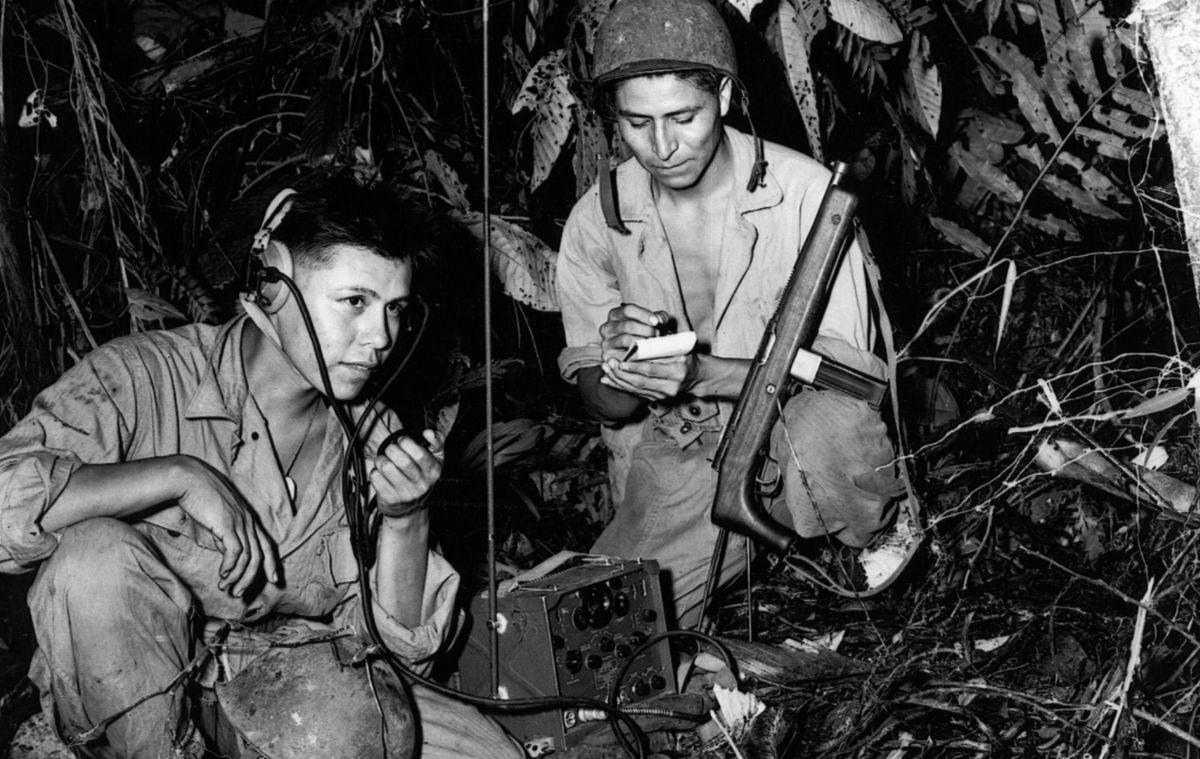 Corporal Henry Bake, Jr., (left) and Private First Class George H. Kirk, Navajo Indians serving with a Marine Signal Unit, operate a portable radio set in a clearing they’ve just hacked in the dense jungle near the front lines. (US Marine Corps)
Corporal Henry Bake, Jr., (left) and Private First Class George H. Kirk, Navajo Indians serving with a Marine Signal Unit, operate a portable radio set in a clearing they’ve just hacked in the dense jungle near the front lines. (US Marine Corps)
But the operation remained successful — as a small group, Navajo Marines were largely able to evade capture and recognise each other by voice, especially when the Japanese would send out false ‘ambush’ broadcasts. There was also a major boost in efficiency: a three-line message that required 30 minutes to send via old encryption methods could now be encoded, transmitted and decoded by the code talkers in 20 seconds.
Hundreds more Navajo would come to join over the years, some so eager that they lied about their age, others almost forced into the work. The code travelled and was transmitted with never-before speed. Not only did the Japanese and Germans fail to crack it, but even Navajo who were not part of the Code Talkers programme could not decipher the symbols.
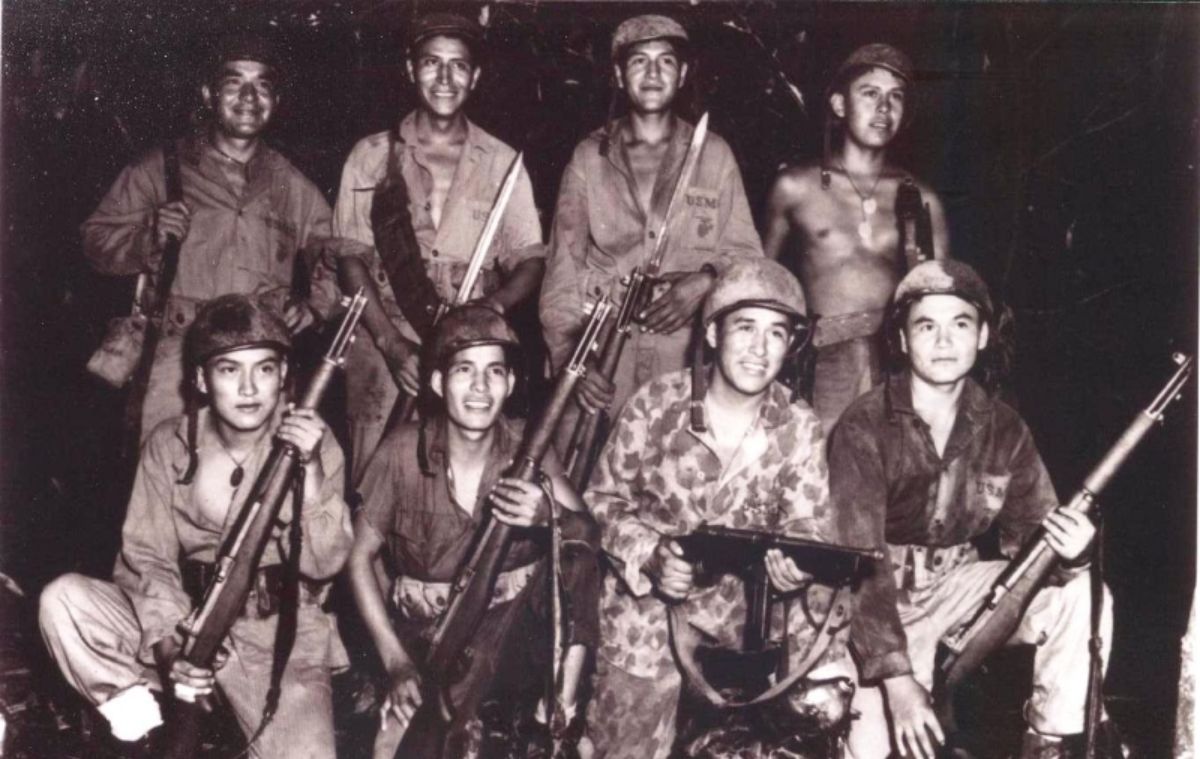 Group of Navajo Marines in World War 2 (intel.gov)
Group of Navajo Marines in World War 2 (intel.gov)
One notorious account: after the fall of the Philippines, the Japanese Imperial Army would capture and torture Navajo US soldier Joe Kieyoomia, trying to force him to break the code. When supplied with radio broadcasts, he could not understand the “gibberish”, as the code was designed to sound like nonsense to anyone not trained in its usage. He added that he did not know of its existence in the first place.
The Navajo Code is considered to have played an essential role in the Allied victory, with about 375 to 420 code talkers stationed at several crucial battles, such as the capture of Iwo Jima island from Japan, and Operation Neptune or D-Day in France, the largest sea invasion in history. Post the war, all code talkers were sworn to secrecy, with the US holding on to the code in case of future conflicts. It was not until 1968 when it would finally be declassified. Many Marines across Native American nations had died without telling their families, knowing that the code was revealed, or about its global impact.
A decade later, recognition pours in
 The last of the original Navajo Code Talkers being honoured by then US President George W. Bush in 2001. (whitehouse.archives.gov)
The last of the original Navajo Code Talkers being honoured by then US President George W. Bush in 2001. (whitehouse.archives.gov)
Out of the 29 Navajo who first made the Code, only three survive today: Peter MacDonald, John Kinsel Sr. and Thomas H. Begay. In an interview in 2021, MacDonald recalled: “We were told the Navajo Code saved hundreds of thousands of lives.” Today, nearing their hundreds, Peter Macdonald has worked as an entrepreneur, John Kinsel Sr is a former teacher, and Thomas H Begay works with the US government.
In 1982, the then President Ronald Reagan proclaimed August 14 as National Navajo Code Talkers Day, stating in an address that it is “dedicated to all members of the Navajo Nation and to all Native Americans who gave of their special talents and their lives so that others might live”.
Afterwards, the code saw a range of awards by US presidents, to books, a documentary, and finally a museum that had to close for lack of funds. In 2001, the original 29 code talkers would receive the Congressional Gold Medal, which recognises a “significant contribution” to American history.
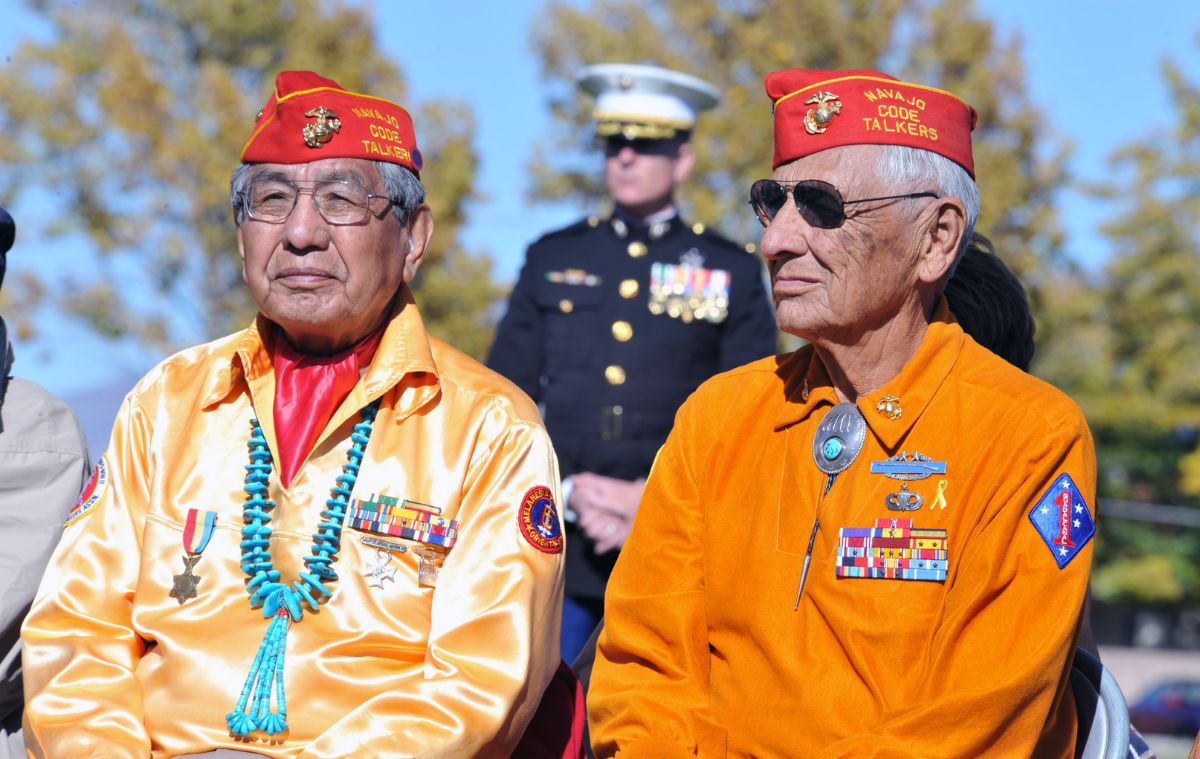 Navajo Code Talkers Peter Macdonald (left) and Roy Hawthorne at a veterans ceremony in 2010. When asked why the code was a secret for so long, the latter joked that it allowed them “adequate time to make up some real good war stories.” (US Air Force)
Navajo Code Talkers Peter Macdonald (left) and Roy Hawthorne at a veterans ceremony in 2010. When asked why the code was a secret for so long, the latter joked that it allowed them “adequate time to make up some real good war stories.” (US Air Force)
The speech given with the medal stated, “Military commanders credited the Code Talkers with saving the lives of countless American soldiers and with providing a decisive edge in such battles as those that took place in Guadalcanal, Tarawa, Saipan, Iwo Jima, and Okinawa. Major Howard Connor, the 5th Marine Division signal officer at Iwo Jima, had six Navajo Code Talkers working nonstop during the first 48 hours of the battle for Iwo Jima. Those six men sent and received more than 800 error-free messages during that period.” Major Connor, in fact, said that conquering Iwo Jima “would not have been possible without the Navajo.”
In 2001, one of America’s most important signifiers of high culture — a Nicholas Cage movie — came out, featuring the Navajo Code Talkers’ contribution to the war, by the name of ‘Windtalkers.’ The story of the Navajo Code has since often been celebrated as a symbol of diversity, tact, bravery and pride.
A butterfly wing’s flutters may cause a typhoon halfway across the world, if you believe in that theory, but sometimes, a butterfly is enough.





- 01
- 02
- 03
- 04
- 05










